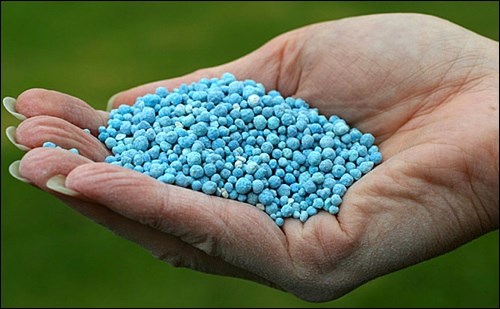Happy autumn! As promised last week, this week is all about fertilizer. It is important to understand from the perspective of the plant in order to be able to properly care for them.
Fertilizers are applied to aid plants in growing at their optimum potential. They are applied to lawn areas to provide supplemental nutrients that will allow a reasonable amount of top or leaf growth but in balance to ensure the root growth and carbohydrate storage is not compromised. After all, a good root system is key to a healthy lawn.
The three main nutrients (macronutrients) that plants need are Nitrogen (N), Phosphorus (P) and Potassium (K). These nutrients are needed by plants in large amounts to ensure adequate growth and health.
Nitrogen is a major nutrient that promotes that green, leafy growth so when talking about lawns are totally essential. There are two basic types of nitrogen sources in turf fertilizers — slow release and quick release. It is important for you to understand the differences between these fertilizer types.
Quick-release nitrogen is good as the nutrients are immediately available to the plants. It is usually in a water soluble form which means the nitrogen becomes available to the plants as soon as it is dissolved in water. This stimulates quick shoot growth and greening. However, the down side is they rapidly deteriorate in the soil so will not be available within two to four weeks. Also, it is easy to burn the grass plant if it is not evenly applied.
Slow-release fertilizers have many benefits. They provide a more uniform grass growth and are therefore much less likely to burn the lawn or other plants nearby. They last six to eight weeks or even longer so do not need to be applied as often. However, in saying that, the nutrients are not immediately available to the plants and are generally a bit more expensive to purchase. On cold soils they tend to not work as well and will require a heavier irrigation when temperatures are hot.
There are also two types of slow-release fertilizers. Organic slow-release fertilizers are made up of organic materials that must be broken down by microbial activity before the nutrients are available to the plant. Generally, it takes some time before these nutrients are available to the plant especially when the weather is cool and/or dry so this needs to be a consideration.
The other type of slow-release fertilizer is an inorganic fertilizer that is basically coated so takes some time to break down and be available to the plant. Nutrients are released over a period of time so fewer applications are needed but again the nutrients may not be available when the plant is in need.
Both types of slow-release fertilizer are good from the perspective of having nitrogen available for a longer period of time.
Most turf experts recommend a lawn fertilizer have at least one-half of its nitrogen in one of the slow-release forms. Fertilizer application rates should be as low as possible yet still produce a high quality lawn.
As with all fertilizer and control products, labels should be read, understood and followed explicitly.



